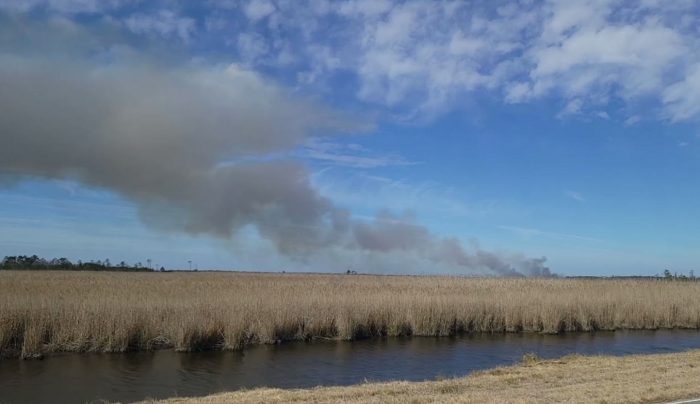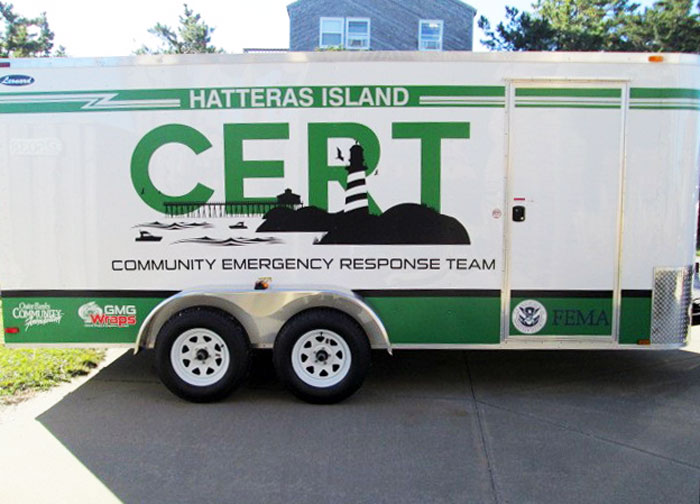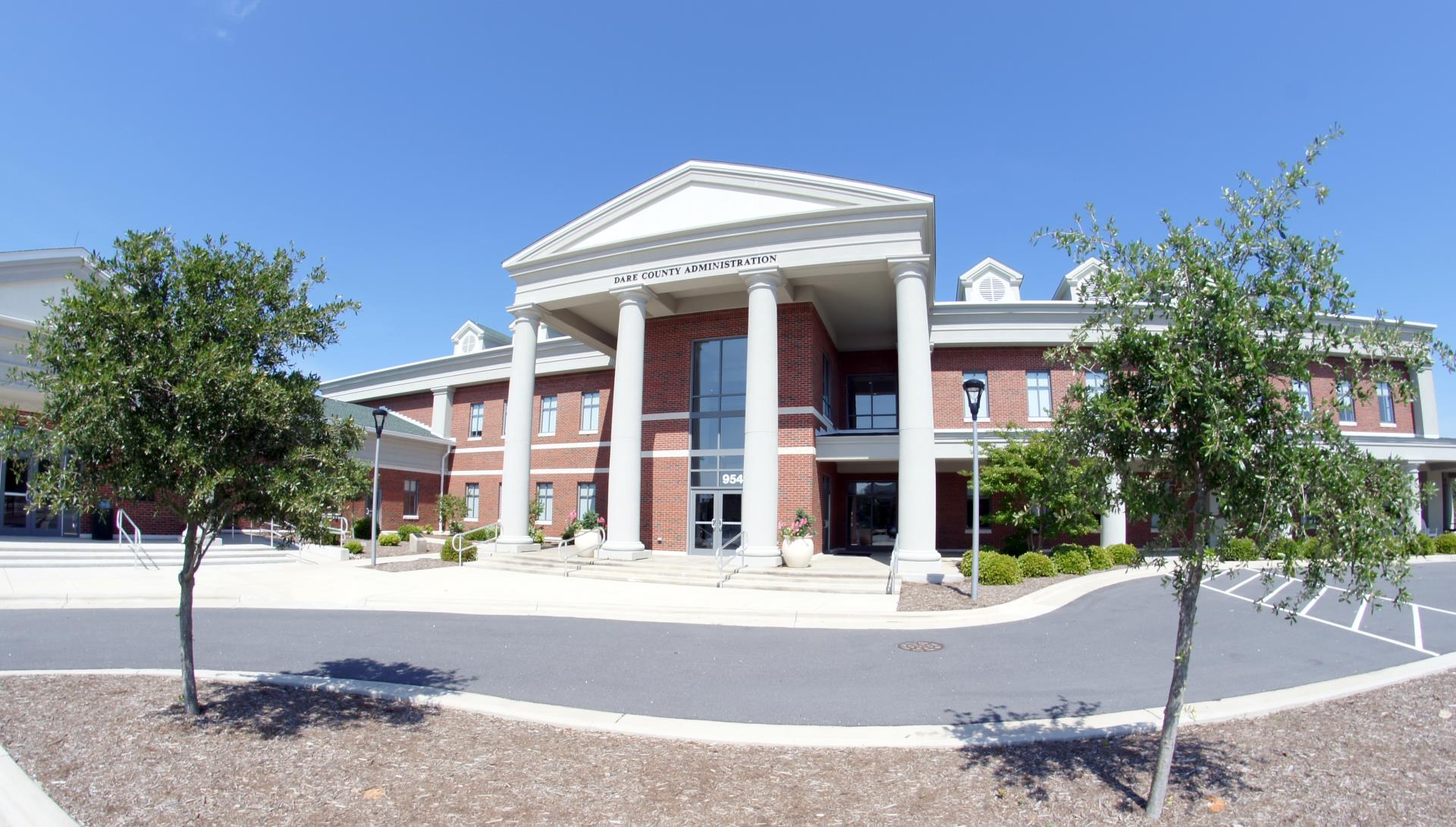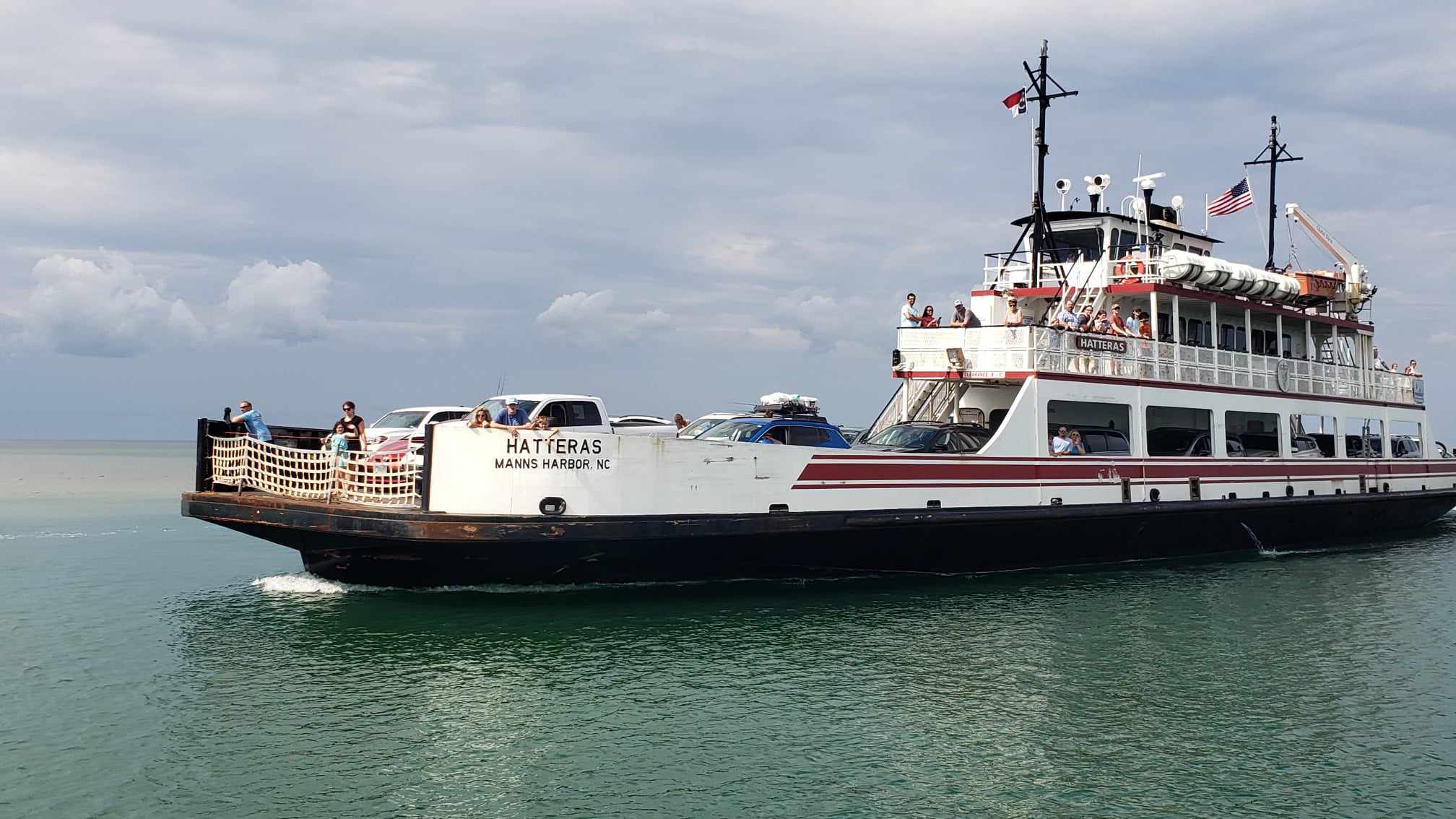All that smoke is from ‘good fire’ – It’s marsh burning season again on Outer Banks

While there are no immediate burns scheduled for Pea Island, early March marks the beginning of the prescribed burning season on the Wildlife Refuges of the Outer Banks. Story from SamWalkerOBXNews.com.
It’s once again prescribed burning season in North Carolina, as every year in late winter and early spring, intentional fires are set in marshlands and the understory of forests to benefit the environment and help prevent out-of-control wildfires.
Controlled fires are important to the conservation of birds and wildlife along coastal North Carolina’s marshlands. They allow healthy growth and increased plant diversity that provides food, shelter, and nesting material vital for birds to thrive.
And they reduce fuels in areas where homes and structures are at risk in the event of a wildfire.
The process mimics the natural renewal cycle created by nature where a lightning strike sets the grass ablaze.
With over 13.5 million acres, North Carolina leads the nation in wildland/urban interface, which is where human development meets undeveloped wildland, forest, or vegetative fuels.
After getting all of the necessary permits from the N.C. Forest Service, managers of wildlife refuges, and private land owners wait for proper wind conditions to ensure the safest burn possible.
Winds of up to a certain speed can actually help move the fire quickly towards the water’s edge where it will just burn out, and help prevent the flames from spreading to areas that fire managers don’t want to ignite.
And by only igniting part of the marsh, that allows wildlife to seek shelter.
So expect to see more of those big smoke plumes along the soundside of the Outer Banks and mainland northeastern North Carolina over the coming weeks.
To learn more about the benefits of prescribed fire, visit www.ncforestservice.gov/goodfire.













